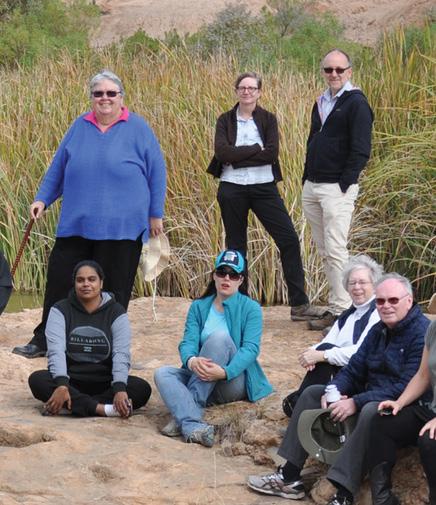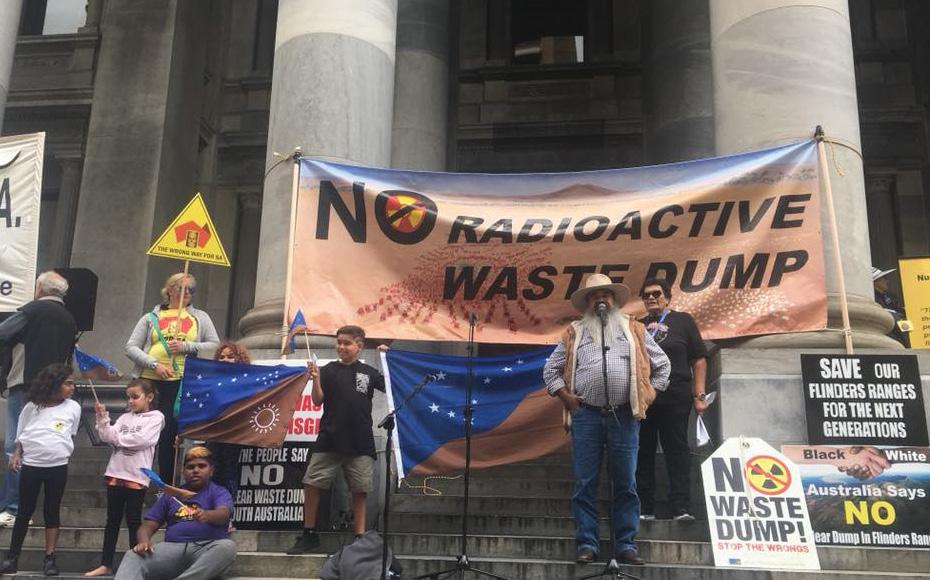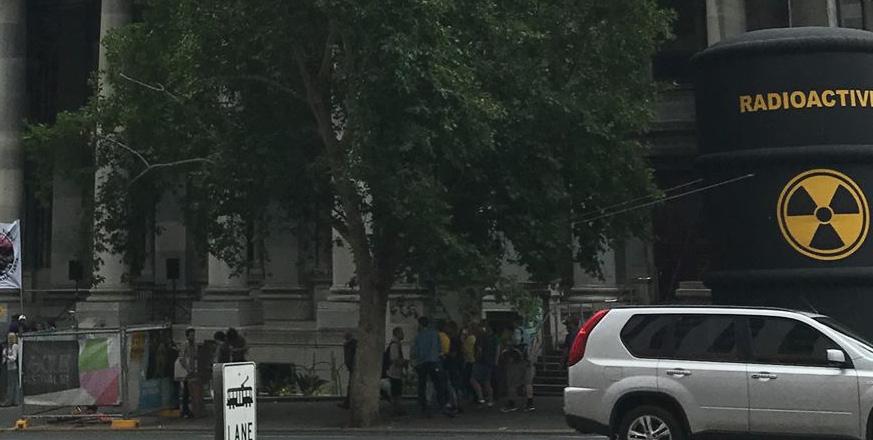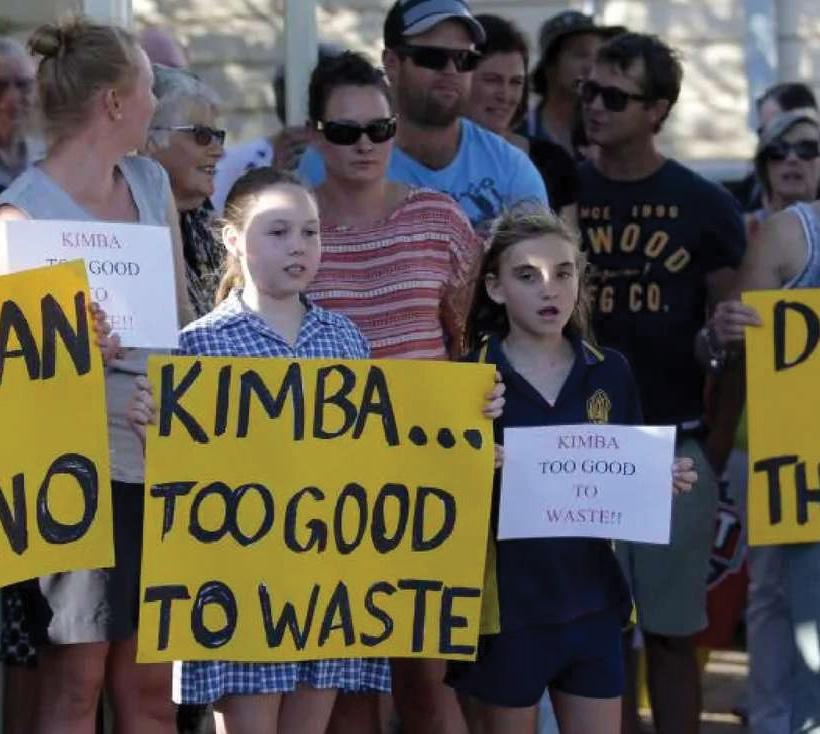
6 minute read
The many voices of Kimba
Bridget Ransome A few years back when I was employed in a different role in another organisation, I was invited to present a paper for a conference that was being held at the Lucas Heights Nuclear Reactor Facility in New South Wales.
I was intrigued to visit the facility, and our first day commenced with a tour and a bit of a history lesson about the early days of radioactive research and nuclear energy leading up to the present day. I found it surprising that in the 1950s some manufacturers of crockery used to create
the vivid colours of their plates with a form of radioactive paint! The plates were sealed and safe to use, unless of course, they cracked! Or did you know that watch hands also used to be radioactive so that they could glow in the dark!
A Geiger counter was used on each of the items to show us the level of radiation evident. Of course none of these methods of manufacturing are used on everyday items today because we are more well-informed about their impact. However, during my visit I also had the opportunity to (safely) look down into the reactor to watch how the life-giving drugs required in the treatment of cancer are made.
It is a strange contrast – to be aware of the harmful impacts of radioactivity and the negative aspects often attributed to all things ‘nuclear’ and to the fact that the science enables the production of drugs that can prolong life. And then there is the question of the waste and what to do with it – which also presents many contrasts.
‘The challenge of making nuclear power safer doesn't end after the power has been generated. Nuclear fuel remains dangerously radioactive for thousands of years after it is no longer useful in a commercial reactor. The resulting waste disposal problem has become a major challenge for policymakers.’ (Source: Union of Concerned Scientists)
Debate ensues about where this waste should be stored and how it should be stored and often remote sites are considered the most appropriate.
In 2015 the Federal Government approached the South Australian communities of Kimba and Hawker to explore potential locations to store the nuclear waste generated by the Lucas Heights Nuclear Reactor Facility … and this is when many voices became involved. The voice of local government, churches; farmers; towns-people and the indigenous.
Although two sites were initially being considered the Hawker site was dismissed due to an overwhelming response from the community who were against the proposal.
The focus then moved to Kimba where community sentiment wasn’t so negative but still controversial. ‘As debate rages over where Australia’s first permanent nuclear waste dump should be placed, the Federal Government has announced it will offer a $31 million package to the community which takes it on,’ said ABC Radio back in July 2018.
Apparently the offer of $31 million is made up of $20 million for community development; $8 million to provide training and up to $3 million over three years for indigenous training and cultural heritage protection.
It is interesting that the government allocated funding to the indigenous community when the traditional owners of the land were never consulted in the first place!
The Barngarla Determination Aboriginal Corporation (BDAC) is the native title holders in the region and they believe they were unfairly discriminated against by being excluded from the original Nuclear Waste Dump Ballot.
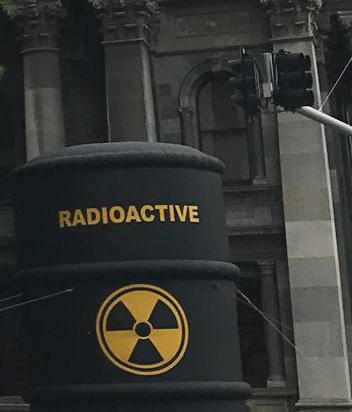
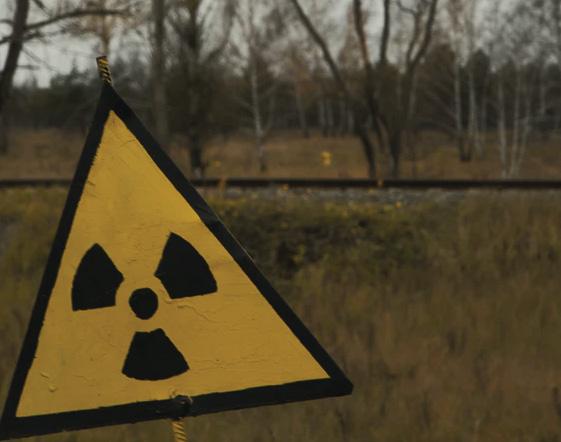
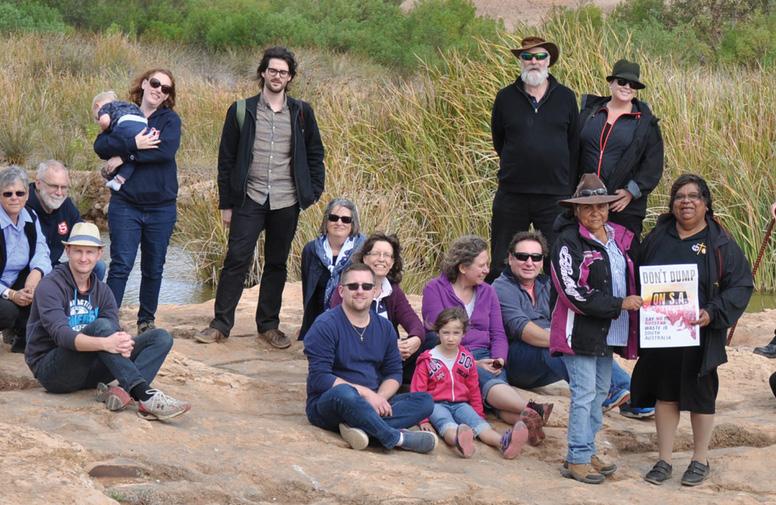
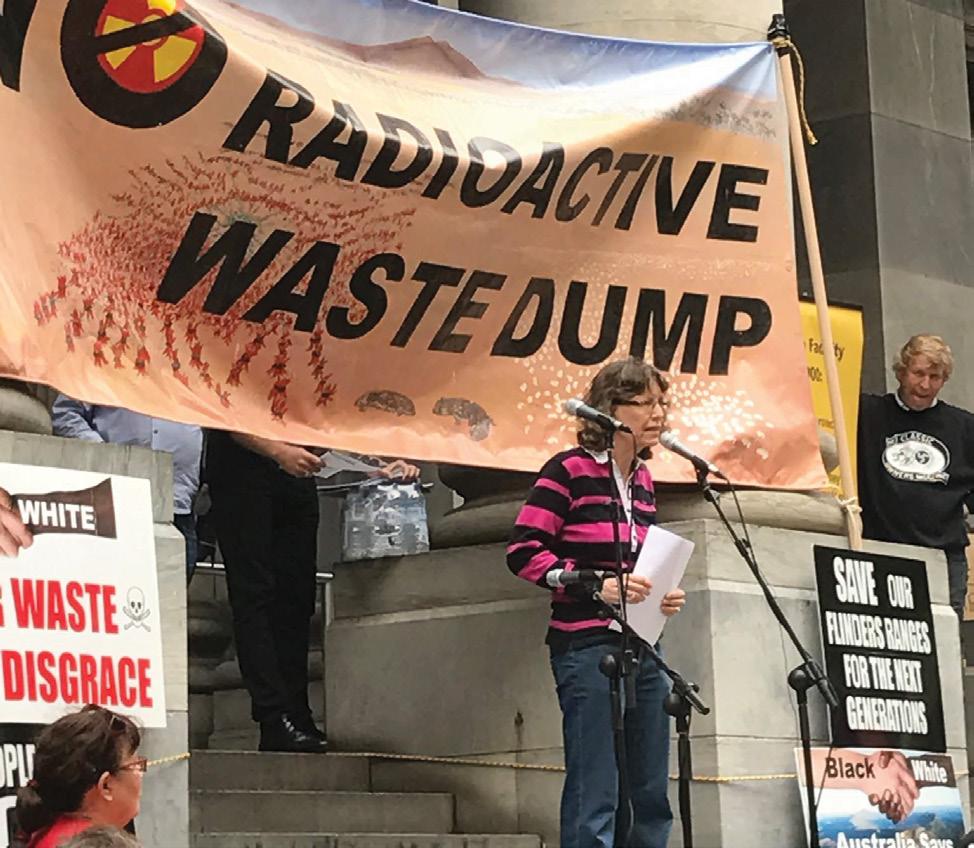
‘The Creator Spirit lives within the land and sustains us, it is just as connected to us as is our family and kin. Once the land is destroyed so is our kinship with the land. In support of the Traditional Custodians of the area, the Barngarla, I stand firmly opposed to a Nuclear Waste Dump Facility at Kimba,’ said Rhanee Tsetsakos, Co-Chair, Covenanting Committee.
In September 2016 the SA Standing Committee of the Synod of South Australia also formally agreed to stand in covenant solidarity with the Uniting Aboriginal and Islander Christian Congress on the issue of nuclear waste repositories in South Australia. Unfortunately, in March of this year The Advertiser reported that the BDACs appeal to the Federal Court to prevent the waste dump had failed.
In December 2019 there were renewed calls to dump Kimba as the preferred location for a nuclear waste facility. The voices of the community were getting louder and dissent appeared on all sides of the argument.
Does the town and region need an injection of new industry to keep it alive, farmers are struggling, after all jobs are scarce – but what will be the longterm implications of the choices made today? Should they take the cash and use it to revitalise the town and the wider community – upgrade local buildings, improve facilities and simply let future generations worry about the waste and its potential impact?
‘Although over 60% of the local Kimba community voted for the nuclear waste facility, we still have a part of the community and our congregation who do not agree. There is no easy fix it seems,’ said Brian Cant, Chairperson of the Church Council at Kimba Uniting Church.
It is interesting that the Federal Government has previously indicated that it will not proceed with a Nuclear Waste Facility unless it has a clear majority of community support. At this point in time a clear majority is not self-evident, yet the Federal Government continues to progress its radioactive waste bill through Parliament which will effectively remove a community’s right to legal review. There is also no clear understanding as to why it is necessary to move waste to Kimba.
September 2020 and the decision to build the nuclear waste dump at Kimba is being hailed as a great economic recovery story for the region. It seems that there is no easy solution to this issue and there are still many voices …
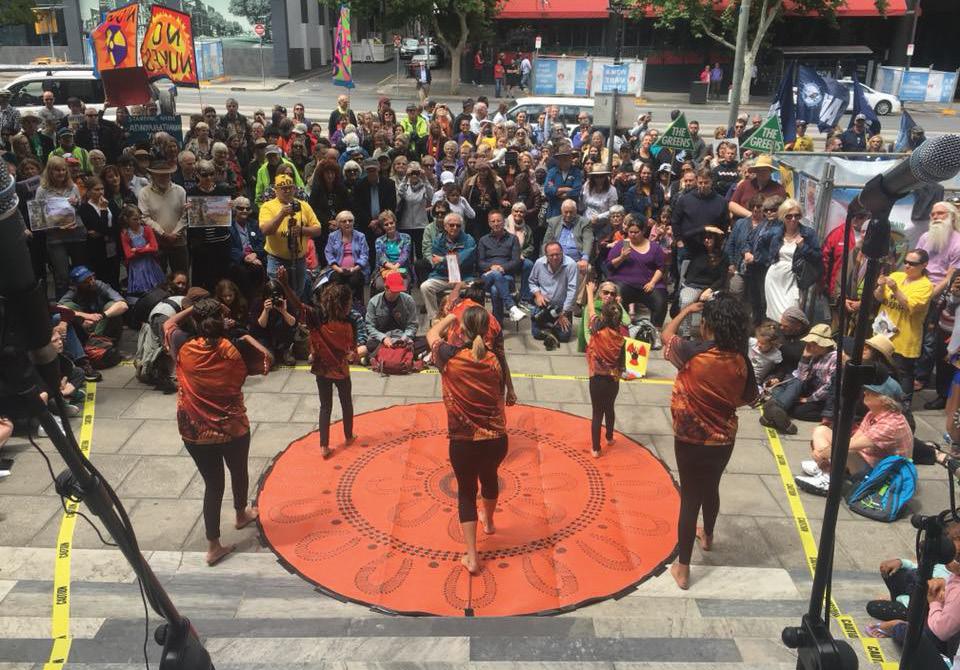
Sources:
• Union of Concerned Scientists, https:// www.ucsusa.org/resources/nuclear-waste. • ‘Kimba nuclear dump moves a step closer,’ The Advertiser, March 14th, 2020. • 'SA farm named as nuclear waste dump', The Canberra Times, February 1st, 2020. • ‘Ecowarriors should get out of the way of vital Kimba nuclear dump,’ The Advertiser, February 4th, 2020. • ‘Multi-million dollar incentive put on the table for town that takes on nuclear waste facility,’ ABC Radio Adelaide, July 23rd, 2018.
